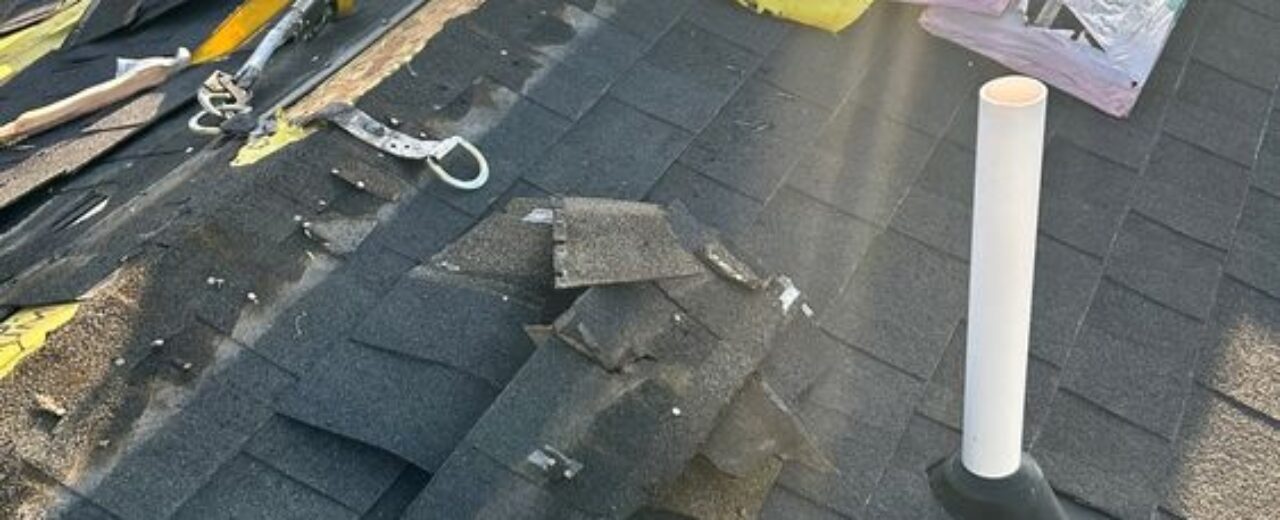A typical day on a roofing job site begins bright and early, often at sunrise, with crews preparing for the tasks ahead. Roofing projects are complex, requiring coordination, adherence to safety protocols, teamwork, and specialized expertise. Here’s a detailed look at what a typical workday entails on a roofing job site.
The day usually starts with a team meeting, where the site manager or foreman outlines the day’s objectives, safety reminders, and addresses any specific project concerns. This briefing ensures everyone understands their roles clearly, facilitating smooth operations and adherence to safety standards.
Once the briefing concludes, the crew sets up essential safety equipment and protective measures. Safety is paramount, and measures include installing harnesses, guardrails, and safety nets to protect workers from potential falls. Proper safety gear, including helmets, gloves, harnesses, and eye protection, is always mandatory, emphasizing the importance of taking precautionary measures throughout the workday.
Next, the team sets up their equipment and organizes materials. Roofing materials, including shingles, underlayment, flashing, nails, and tools such as nail guns, hammers, and saws, are carefully prepared. Organization is critical to maintaining productivity, allowing crews to work efficiently without unnecessary delays or safety hazards.
The primary roofing activities begin mid-morning. Depending on the project’s phase, tasks may involve removing old shingles, inspecting and repairing the roof decking, or installing new roofing materials. Tear-off days involve substantial physical labor, including the removal and safe disposal of old roofing materials. During installation days, crews systematically lay down underlayment, shingles, or other roofing materials, ensuring each component is adequately secured and weatherproofed.
Throughout the workday, site managers oversee progress, monitor adherence to specifications, and ensure that quality workmanship is maintained. They communicate with homeowners, addressing any concerns or providing updates on progress. Frequent checks and ongoing oversight help identify and resolve issues promptly, maintaining the project’s schedule and quality standards.
Around midday, crews typically take a lunch break. This pause allows workers to rest, recharge, and maintain their energy levels for the demanding afternoon tasks. Lunch breaks are brief but essential, providing necessary downtime for the physically demanding work.
After lunch, work resumes with continued attention to detail. As the day progresses, teams work meticulously to ensure precise installation, adequate waterproofing, and the correct application of materials. Special attention is paid to vulnerable areas such as valleys, roof edges, and areas around chimneys or skylights, ensuring these critical spots receive proper waterproofing and flashing.
Toward the end of the day, typically in late afternoon or early evening, the crew begins cleanup activities. Job site cleanliness is a crucial aspect of roofing projects, ensuring the safety and satisfaction of homeowners. Crews collect debris, unused materials, and tools, leaving the property clean and organized for the next day’s activities.
Finally, the day concludes with a brief recap by the foreman, who reviews the progress made, notes any issues encountered, and prepares for the following day. A typical day on a roofing job site is structured, safety-oriented, and highly productive, with teamwork and expertise guiding each step toward project completion.


